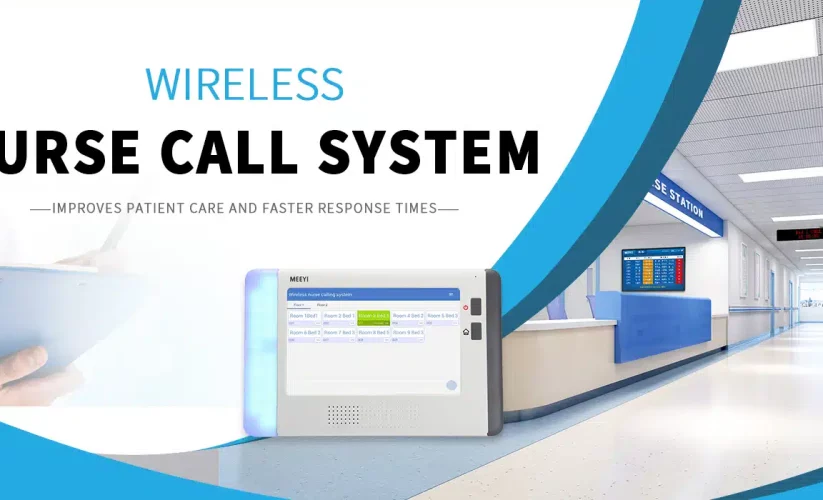
How Communication Platforms Enhance Employee Engagement
In today’s competitive business landscape, employee engagement is a critical factor for success. Engaged employees are more productive, motivated, and committed to their work, ultimately leading to improved organizational performance. One of the most effective ways to enhance employee engagement is by leveraging company communication platforms. These platforms facilitate seamless interaction, collaboration, and information sharing among team members, fostering a more connected and engaged workforce. In this article, we will explore how communication platforms contribute to employee engagement and the key features that make them effective.
Understanding Employee Engagement
Employee engagement refers to the emotional commitment that employees have towards their organization and its goals. Engaged employees are not just satisfied with their jobs; they are passionate about their work and are willing to go the extra mile to contribute to the organization’s success. High levels of engagement are associated with numerous benefits, including increased productivity, lower turnover rates, and enhanced customer satisfaction.
The Role of Communication in Employee Engagement
Effective communication is a cornerstone of employee engagement. When employees feel that their voices are heard and their contributions are valued, they are more likely to be engaged. Communication platforms bridge the gap between management and employees, enabling open dialogue and fostering a culture of transparency. Here are several ways in which company communication platforms enhance employee engagement:
1. Streamlined Communication
One of the primary benefits of company communication platforms is the ability to streamline communication across the organization. Traditional communication methods, such as email, can often lead to information overload and miscommunication. In contrast, modern communication platforms offer real-time messaging, video conferencing, and collaborative tools that simplify interactions. This streamlined communication ensures that employees can connect easily, reducing frustration and enhancing engagement.
2. Increased Collaboration
Collaboration is essential for driving innovation and creativity within teams. Communication platforms facilitate collaboration by providing tools that allow employees to work together on projects, share ideas, and provide feedback in real time. Features such as shared documents, task management, and project boards foster a collaborative environment where employees feel empowered to contribute. When employees collaborate effectively, they are more engaged in their work and invested in team outcomes.
3. Enhanced Transparency
Transparency in communication is vital for building trust within an organization. Company communication platforms enable leaders to share important updates, company news, and strategic goals with employees easily. By keeping everyone informed, organizations can create a sense of belonging and shared purpose. Employees who feel informed about their company’s direction are more likely to be engaged and aligned with its goals.
4. Recognition and Feedback
Recognizing employees’ contributions and providing regular feedback are crucial for maintaining high levels of engagement. Many communication platforms include features that allow for peer recognition and feedback. For example, employees can publicly acknowledge their colleagues’ efforts or provide constructive feedback on projects. This recognition not only boosts morale but also fosters a culture of appreciation where employees feel valued for their hard work.
5. Accessibility and Inclusivity
In increasingly diverse and remote work environments, ensuring that all employees have equal access to communication is essential. Company communication platforms can be accessed from various devices, allowing employees to stay connected regardless of their location. This accessibility promotes inclusivity, ensuring that all voices are heard and valued. Employees who feel included and connected to their teams are more likely to be engaged and committed to their work.
6. Opportunities for Professional Development
Many communication platforms offer features that support professional development, such as training resources, webinars, and discussion forums. By providing employees with access to learning opportunities, organizations demonstrate their commitment to employee growth. Engaged employees are often those who feel supported in their professional development, as they see a clear path for advancement within the organization.
7. Enhanced Team Dynamics
Effective communication is key to building strong team dynamics. Communication platforms facilitate informal interactions and relationship-building among team members. Features such as chat rooms, discussion boards, and social channels encourage employees to connect on a personal level, fostering camaraderie and collaboration. Engaged employees are those who feel connected to their colleagues and have positive relationships with their teams.
8. Data-Driven Decision-Making
Many modern communication platforms offer analytics and reporting features that provide insights into employee engagement levels. Organizations can track metrics such as participation rates in discussions, feedback frequency, and overall sentiment. By analyzing this data, leaders can identify areas for improvement and make informed decisions to enhance engagement strategies. This data-driven approach allows organizations to adapt their communication efforts to meet employee needs effectively.
Implementing Effective Communication Platforms
To maximize the benefits of company communication platforms for employee engagement, organizations should consider the following steps:
1. Assess Organizational Needs
Before implementing a communication platform, assess the specific needs of your organization. Involve employees in the decision-making process to ensure that the chosen platform aligns with their preferences and requirements.
2. Provide Training and Support
Once the platform is selected, provide comprehensive training to employees. Ensure that they understand how to use the platform effectively and how it can enhance their daily work. Ongoing support and resources should also be available to address any questions or challenges that arise.
3. Foster a Culture of Open Communication
Encourage leaders to model open communication practices and actively engage with employees through the platform. When leaders demonstrate transparency and approachability, employees will feel more comfortable using the platform to share their thoughts and ideas.
4. Continuously Evaluate and Iterate
Regularly assess the effectiveness of the communication platform and gather feedback from employees. Use this feedback to make necessary adjustments and improvements, ensuring that the platform remains relevant and valuable for enhancing engagement.
Conclusion
Company communication platforms play a vital role in enhancing employee engagement by streamlining communication, promoting collaboration, and fostering a culture of transparency and recognition. By creating an environment where employees feel connected, valued, and supported, organizations can cultivate higher levels of engagement, leading to improved performance and overall success. Investing in effective communication tools is not just a technological upgrade; it is a commitment to building a more engaged and motivated workforce.





